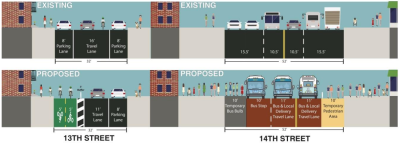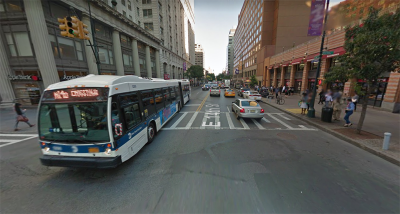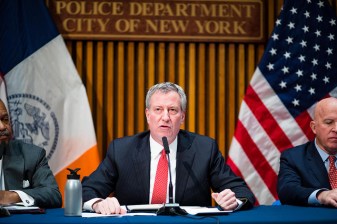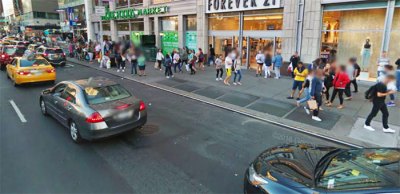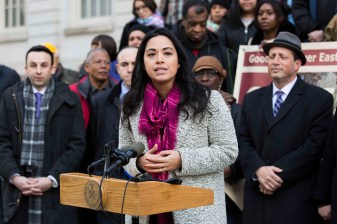Stuy-Town Property Manager: 14th Street Needs Efficient Bus Service to Handle L Train Commuters
An internal study estimates Stuy-Town/Peter Cooper Village residents account for at least 7,000 daily L train riders.
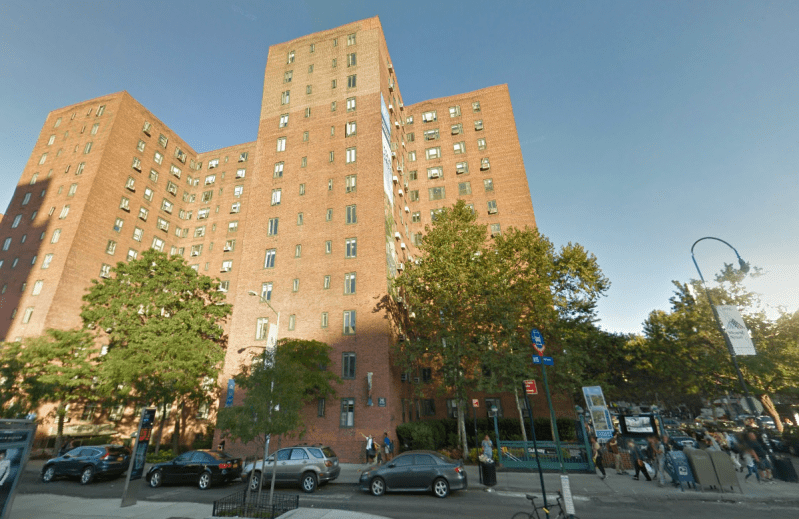
Sandwiched between First Avenue, the East River, 23rd Street, and 14th Street, the Stuyvesant Town-Peter Cooper Village apartment complex is going to feel the hit of the L train shutdown.
While block associations on the West Side have pushed back against proposals to prioritize buses on 14th Street over private vehicle traffic, Stuy-Town/Peter Cooper Village general manager Rick Hayduk has a better handle on what it will take to mitigate the absence of train service.
Between seven and eight thousand of the complex’s 28,000 residents take the L train to work every day, according to an engineering study conducted by the management company. When the L goes dark in the spring of 2019, they’ll need efficient transport to get across town.
“The negative outcome would be having our residents greatly affected as to time and distance from their normal way of life,” Hayduk told Streetsblog. “The best solution would be the increase in bus transportation on the 14th Street corridor to accommodate the residents.”
More congestion in the area is an “inevitability,” Hayduk said, “The bigger question is what can be done to create the least amount of disruption possible.”
Hayduk stopped short of endorsing the 14th Street PeopleWay proposal to dedicate 14th Street entirely to buses, pedestrians, and cyclists. But full-fledged bus rapid transit on 14th Street — with dedicated bus lanes, passing lanes, off-board fare collection, and at-level boarding — is the only way for replacement bus service to come anywhere close to the L train in terms of travel time and frequency.

“The good news is MTA and DOT are working on it diligently now, and getting public opinion,” Hayduk said. “I think a lot of residents aren’t thinking now out to 2019. It hasn’t come up very much yet, but it’s only a matter of time.”
One Stuy-Town resident who has considered the potential impacts of the shutdown is Katherine Birmingham, a member of the Transportation Alternatives PeopleWay campaign.
Birmingham isn’t a regular L train rider. Her concerns are about the quality of life impacts an influx of traffic would have.
“If I didn’t have the L train, I could walk, I could take my bike across, so I have options,” she told Streetsblog. “My concern is that I don’t want this to turn into a giant parking lot, and that’s what I fear it’s going to become.”
